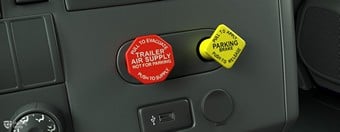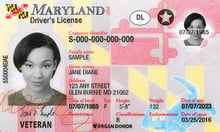Here are some economic opportunities for truckers in the great state of Maryland. Maryland benefits from federal government services and defense contracting because of its proximity to Washington, DC. The state is also a player in logistics. The Port of Baltimore is one of the largest ports in the country, creating a demand for truck drivers skilled in intermodal transport. Companies like Amazon have established major logistics hubs in the state, which is also near other major Eastern cities like Philadelphia and New York City. All this creates a demand for truckers to transport goods along the Eastern Seaboard. Other sectors with opportunities for truckers include commercial fishing, agriculture (mainly dairy farming), and biotechnology.
Major trucking routes in Maryland include Interstates 68, 70, 83, 95, and 495 (the Capital Beltway) and U.S. Routes 40 and 50.
To become a commercial driver, you must obtain a Commercial Driver’s License (CDL).
There are three classes of CDLs, each designed for different types of commercial vehicles: Class A, Class B, and Class C. If you want to drive heavy combination vehicles like semi-trucks or tractor-trailers, you should go for a Class A CDL.















